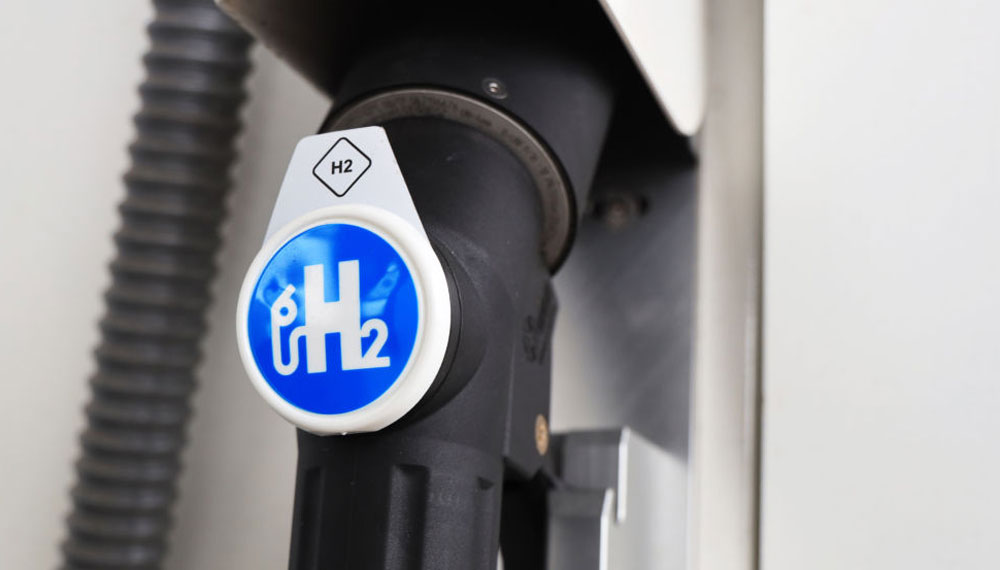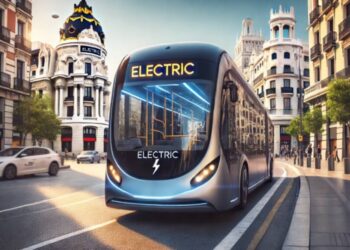A company with its headquarters in the UK announced the week ending July 23rd that it was constructing an £80 million ($95.9 million) gigafactory that would be focused on producing hydrogen fuel cell components. The Royston, England facility will be capable of creating 3 gigawatts of proton exchange membrane fuel cell components annually, according to a statement from Johnson Matthey, a company traded on the London Stock Exchange. According to the U.S. government, PEM fuel cells, also known as polymer electrolyte membrane fuel cells, are used in automobiles to generate electricity using hydrogen fuel and oxygen from the air. Several different materials are used to create PEM fuel cells.
According to the release, the parts will be used by hydrogen-powered vehicles for road freight. A leading daily first reported on JM’s plans for a hydrogen gigafactory in November 2021. The Advanced Propulsion Centre’s Automotive Transformation Fund, a financial initiative aimed at extensive industrialization, has provided support for Johnson Matthey’s objectives.
The concept behind fuel cell vehicles is that when hydrogen from a tank reacts with oxygen, electricity is created. Fuel cell vehicles emit just water vapour and warm air, according to the Alternative Fuels Data Center of the United States Department of Energy.
The Advanced Propulsion Centre stated in its own release that it expected the U.K.’s fuel cell demand to be about 10 GW by 2030 and 14 GW by 2035. This would be equal to 140,000 vehicles, it was stated.
According to the APC, fuel cell vehicles have a range and power efficiency to rival diesel engines and are as quick to refuel as a normal combustion engine. Because of this, they were ideal for heavy-duty applications like huge freight vehicles. The chief executive of Johnson Matthey, Liam Condon, stated that decarbonizing freight transportation is important to helping society and businesses fulfil their aspirational net zero emission ambitions. Fuel cells will be a crucial component of the energy transition.
JM is one of the companies developing technologies for hydrogen fuel cell automobiles. Another British company, Tevva, debuted a hydrogen-electric heavy cargo vehicle at the end of June. In the same month, Volvo Trucks announced that it had started testing fuel cells driven by hydrogen cars, claiming that their range might reach up to 1,000 kilometres, or about 621 miles.
While some are optimistic about the future of fuel cell cars, they still have a modest market share when compared to battery-powered cars today. The global fleet of fuel cell electric vehicles was estimated to number 51,600 in 2021 by the Global Electric Vehicle Outlook 2022 report from the International Energy Agency.
According to the IEA, revenues from battery electric and plug-in hybrid vehicles reached 6.6 million in 2021. Sales of electric vehicles reached 2 million in the first quarter of 2022, a 75% increase from the same period in 2021.


































